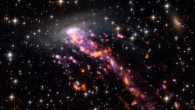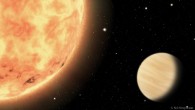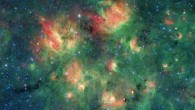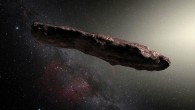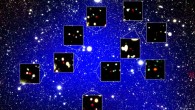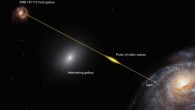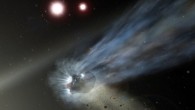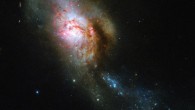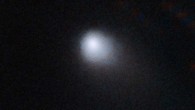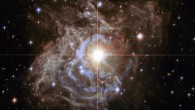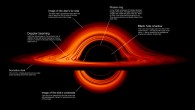Astronomers have discovered a massive exoplanet orbiting Gliese 3512 (GJ 3512), an M-dwarf star (red dwarf) located 31 light-years away. Dubbed Gliese 3512b, the planet has a mass of 0.46 Jupiter masses, very high for such a small host star, and an eccentric 204-day orbit. Using simulations, the researchers have also demonstrated that the Gliese 3512 planetary system challenges generally accepted theories of planet formation. An artist’s impression...

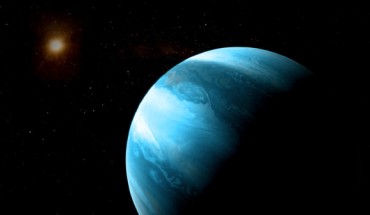
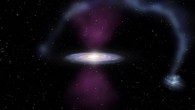
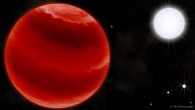
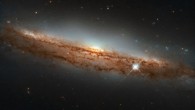
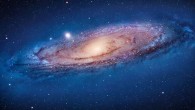
![This ALMA image shows the binary protostar [BHB2007] 11. Image credit: ALMA / ESO / NAOJ / NRAO / Alves et al.](https://cdn.sci.news/images/2019/10/image_7662f-BHB2007-11-195x110.jpg)
